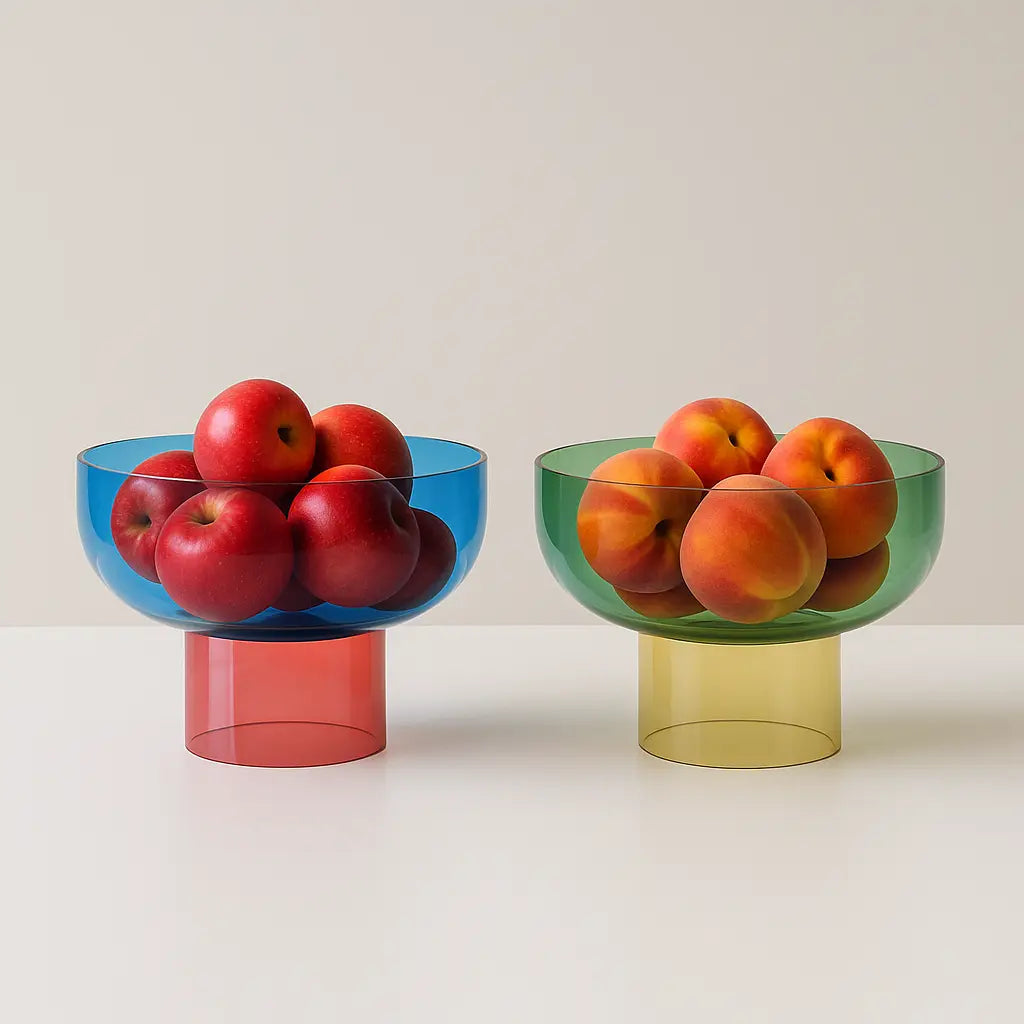Mosaic mirrors and the origins of mosaic
Share

Say hello to Cloudnola’s newest creation, the Mosaic Mirrors series! These real pieces of conversation are both really modern and at the same time conscious of their heritage from the past. Let us take you on a journey throughout the origins of mosaic!

Striding Lion, Mesopotamian mosaic in the ancient city of Babylon
Mosaic, or the art of creating images with small pieces of glass, tile or stone, made its first apparition in Mesopotamia, in the 3rd century BC. It was also popular in Ancient Greece and in the Roman Empire, as you may have seen in history books! At that time, mosaic was used to represent mythological or religious scenes, and to embellish the floors and walls of important edifices. Some of these work of art were preserved by time, and are still visible in museums or historical sites.

Ancient Greek mosaic

Roman Empire mosaic
Mosaic was also really popular in the Arabic world, where they were used to decorate religious buildings. Contrary to Mesopotamia, Greece or the Roman Empire, these mosaics were non-figurative, which means that they were not representing any scenery nor mythological character, but were rather focused on being symbolic and decorative.

Arabic mosaic
The art of mosaic is still alive and well today, but of course its practice evolved throughout time and history. Nowadays, contemporary mosaic artists use more unexpected materials such as plastic, shells, or even photographs! Mosaic is also really popular in street art, mainly due to the work of French street artist Invader, giving life to these little 8-bits video game inspired creatures on the walls of cities worldwide.

A piece of work by Invader in a French city
Of course, mosaic can be find in every field today, even in design! Our Mosaic mirror is an hommage to this rich and complex history. Its bright and vivid colours and its three-tiles composition are reminescent of the mosaic from the past, while being mixed with modern Nordic trends. We hope you like it as much as we do!




